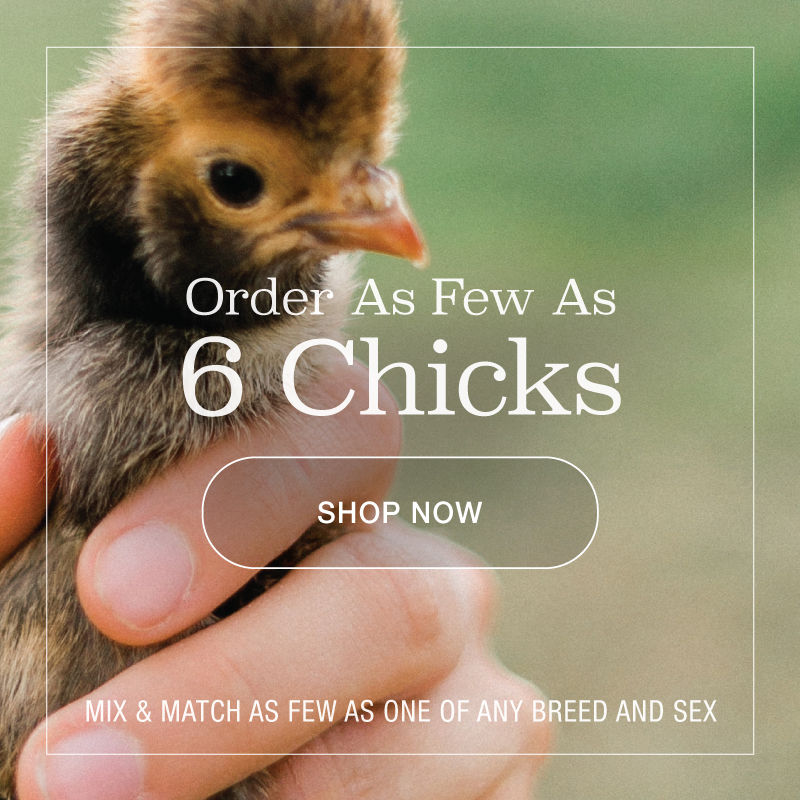A Coccidiosis Primer
Darrell W. Trampel, D.V.M., PhD.
Iowa State University
December 26, 2013
Coccidiosis is found wherever chickens are raised. Coccidiosis is an intestinal disease caused by protozoan parasites which belong to the genus Eimeria. Disease occurs primarily in chicks that are 3 to 6 weeks of age and immunity develops in birds that survive. By sexual maturity, most chickens have been infected and have developed immunity. Coccidiosis is found in flocks ranging in size from a few chickens in a backyard environment to large commercial flocks containing thousands of broiler or egg-type chickens. Chickens raised in cages, on floors, and on range are all susceptible to Eimeria coccidia. Seven species of Eimeria cause coccidiosis in chickens, with E. acervulina, E. maxima, and E. tenella being the most common. Coccidia have several stages in their life cycle, but the stage most important for transmission is the oocyst. Oocysts are shed in droppings of infected birds and have a thick wall that enables them to survive in the environment for 18 months or longer. Oocysts are not immediately infective after being shed, but must undergo a process called sporulation before they can cause disease. Under favorable conditions, oocysts are capable of maturing within 48 hours and infecting other birds. The severity of coccidosis is proportional to the number of oocysts ingested. Because of their thick wall, oocysts are resistant to disinfectants but are eventually killed by the action of ammonia, bacteria, and molds in litter. Heat generated by litter composting (131 F), freezing, and drying will also kill oocysts.
Transmission. Fecal-oral transmission takes place when oocysts shed in feces are consumed by a susceptible chicken. Oocysts from infected chickens are shed in droppings and contaminate litter, feed, and water. Susceptible chickens ingest Eimeria oocysts when they peck at litter, eat contaminated feed, or consume contaminated water. Numbers of oocysts in litter usually peak when chicks are 4 – 5 weeks of age and then decline due to development of immunity in the chickens and toxic effects of the litter. Oocysts can be mechanically carried from farm to farm, house to house, and pen to pen by externally contaminated people, equipment, insects, wild birds, and rodents. Airborne fecal dust can transfer viable oocysts from one location to another.
Clinical and Subclinical Disease. Coccidiosis may cause clinical or subclinical disease. Chickens with clinical coccidiosis have severe diarrhea and are obviously sick. Mild diarrhea causes fecal pasting around the vent and loose droppings can be seen on the surface of litter. Severe, watery diarrhea may soak into litter and be difficult to see. Diarrhea causes loss of water through the droppings and chickens rapidly become dehydrated. Death losses in affected flocks typically peak around 5 to 7 days after onset of diarrhea. Subclinical coccidiosis is not severe enough to cause overt illness but may markedly reduce the rate of growth and impair digestion and absorption of nutrients from feed. Coccidiosis damages cells lining the inner surface of the intestinal tract and makes chickens susceptible to secondary diseases. Proliferation of Clostridium perfringens bacteria in the intestinal tract is often associated with coccidiosis and causes a disease called necrotic enteritis.
Coccidia are host-specific. Eimeria species typically infect only one avian species. Chicken coccidia infect only chickens and will not infect other birds, such as turkeys, quail, or house hold pet birds. And the opposite is true as well. Coccidia that infect turkeys, quail, or wild birds will not infect chickens. Because of host specificity, chicken coccidia do not pose a threat to the health of children, dogs, cats, other avian species, or livestock.
Chicken coccidian are site-specific. Each Eimeria species infects a specific segment of the avian intestinal tract. Location of coccidia lesions in the intestinal tract is somewhat helpful in identifying the species of Eimeria responsible for an infection. For example, E. acervulina infects the upper intestinal tract (duodenum), E. maxima infects the mid-gut, and E. tenella infects the ceca. Unfortunately, oocyst morphology and the location of different Eimeria species in the intestinal tract may overlap. In addition, chickens may be infected by more than one Eimeria species at the same time. Consequently, other tests, such as polymerase chain reaction (PCR), are needed to confirm the identity of specific Eimeria infections. Affected segments of the intestinal wall are ballooned and may have a red and white speckled appearance. In severe cases, intestinal contents may be watery or bloody and the inner surface of the intestine may be covered by a yellow-brown membrane.
Immunity against coccidiosis is species-specific. Infection by one Eimeria species induces immunity only against that particular species, not against other Eimeria strains. Because immunity is species-specific, it is possible for the same flock to experience several outbreaks of coccidiosis, each outbreak caused by a different Eimeria species. Cell-mediated immunity mediated by T lymphocytes is the major mechanism for conferring resistance to cocccidiosis, not antibodies.
Chickens suffering from coccidiosis may or may not have blood in their droppings. The presence or absence of blood in droppings depends primarily upon the species of Eimeria causing the infection and the number of oocysts ingested. Eimeria acervulina, E. maxima, E. mitis, and E. praecox infect surface epithelial cells and cause malabsorption but do not cause bloody droppings. In contrast, E. tenella, E. necatrix, and E. brunetti penetrate deep into the intestinal wall and damage blood-filled capillaries which causes hemorrhage in the intestinal wall and bloody droppings.
Treatment. Coccidiosis in chickens can be treated with amprolium or sulfonamides.
Preventive Management. Good management is important to limit oocyst sporulation in the litter and recycling through chickens. Oocysts survive longer in high moisture environments which allow higher numbers of coccidia to survive in the litter. Temperature and ventilation in chicken houses should be used to keep litter dry (30 – 40% moisture). Water spillage from drinkers should be minimized and wet litter (cake) should be removed from around feeders and waterers to avoid a build-up of high concentrations of sporulated oocysts. Waterers should be cleaned at least once per day and overcrowding of birds should be avoided. If coccidiosis has been a problem, thoroughly remove used litter between flocks and start new flocks on clean litter to minimize the number of oocysts encountered by baby chicks.
Preventive Medication and Vaccination. Coccidiosis can be controlled by using preventive drugs (coccidiostats) or by vaccination. Two broad groups of anticoccidial feed additives are available, ionophorus antibiotics or synthetic chemicals. Ionophorous antibiotics are incorporated into the Eimeria cell membrane and facilitate transfer of cations across the membrane and into the cytoplasm of coccidia. Coccidia parasites must use energy to remove cations and excess water. When stored energy reserves are depleted, the coccidia cell swells with water and dies. Feeding medicated chicken feed containing amprolium is the easiest method available to prevent coccidiosis in small flocks.
Vaccines have had success comparable to medication, but vaccine application must be carefully controlled and careful, continuous management of litter is critical. Vaccinated chicks are exposed to a small controlled dose of virulent live oocysts that initiate infection and induce an immune response. Vaccine sporulated oocysts with a colored dye are given to day old chicks in the hatchery using a specially designed spray cabinet. The dye allows hatchery workers to monitor vaccine coverage and encourages preening and ingestion of live oocysts. A different vaccine delivers sporulated oocysts to chicks in an edible gel puck that can be placed in chick boxes at the hatchery or on feed trays in the poultry house. Delivering too high a dose to chicks may cause disease and providing too few oocysts results in lack of immunity. Approximately 6 – 9 days after vaccination, fresh oocysts are excreted into the litter. Birds must ingest sporulated oocysts from litter to stimumulate further immunity, so litter conditions must permit the proper amount of sporulation. If litter is too dry, sporulation and recycling may be insufficient to provide continued stimulation of the immune system. If litter is too wet, sporulation may be excessive and clinical disease may occur. Food and water provided before vaccination and for at least 21 days after vaccination must not contain anticoccidial drugs.


